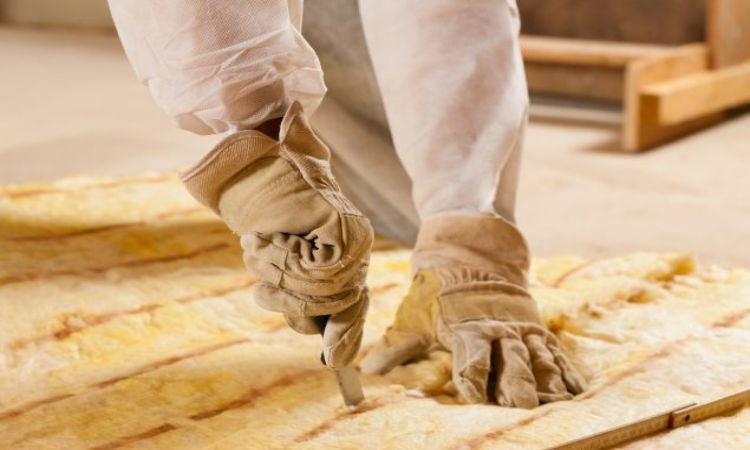 Common construction materials and building standards are constantly changing to allow for the creation of safe, high-quality structures. From insulation materials to roofing, the materials used in construction have changed over time as substances are found to be unsafe or inefficient at preserving the structure that they are a part of. Fibrous glass is one such substance that is used in a number of industries, despite posing some risk to workers who are exposed to it. In this article, we discuss what fibrous glass is, how it is used, and what risks are associated with exposure.
Common construction materials and building standards are constantly changing to allow for the creation of safe, high-quality structures. From insulation materials to roofing, the materials used in construction have changed over time as substances are found to be unsafe or inefficient at preserving the structure that they are a part of. Fibrous glass is one such substance that is used in a number of industries, despite posing some risk to workers who are exposed to it. In this article, we discuss what fibrous glass is, how it is used, and what risks are associated with exposure.
What is Fibrous Glass?
Fibrous glass is a type of synthetic fiber that is created by tiny glass particles. It is used in a number of industries, including:
- Insulation
- Weatherproofing
- Roofing shingles
- Textile and fiberglass manufacturing
- Ceiling tiles
Fibrous glass began to be used more frequently after it was discovered that asbestos ingestion poses numerous health risks to humans. Fiberglass is notably created by reinforcing a plastic with fine glass fibers. As a composite material, fiberglass resists both tensile and compressive forces effectively, making it a popular component in many building projects.
Potential Health Risks of Fibrous Glass
Although fibrous glass is widely used, particularly as a substitute for asbestos, concerns remain about whether the substance is safe for workers and homeowners. Research indicates that the composition of fibrous glass can cause similar toxicity as asbestos. Fibrous glass and asbestos are both silicate fibers, but the North American Insulation Manufacturers Association claims that since fibrous glass is a man-made substance, it poses less of a risk to human health. They go on to state that fibrous glass allegedly dissolved in the lungs, while asbestos remains for life.
However, the Centers for Disease Control and Prevention (CDC) notes several known health risks of fibrous glass exposure, particularly in construction. Known health risks include damage to the skin, eyes, or lungs. The extent of injuries is dependent upon how much fibrous glass a person was exposed to and how long the exposure period lasted.
One of the most noteworthy instances of mass exposure to fibrous glass occurred during the tragic events of 9/11. When the World Trade Center towers collapsed, an immense dust plume filled with fibrous glass, asbestos, pulverized cement dust, and lead billowed up. First responders and civilians in the area inhaled a number of potentially deadly substances. While 9/11 Victim Compensation Fund attorneys were successful in securing compensation for many victims, their quality of life was undeniably impacted.
Safety Protocols for Working With Fibrous Glass
If you work in construction or are otherwise exposed to fibrous glass on a regular basis, you should follow industry safety protocols to limit your exposure as much as possible. Doing so can help protect your health. You should always:
- Wear long-sleeved clothing and industry-standard gloves to reduce skin contact with dangerous substances and irritants
- Wear safety glasses or goggles with side shields to limit irritants in your eyes
- Improve ventilation in the workspace by opening a window or door
- Wear a mask over your mouth and nose so you do not accidentally breathe in fibers
- Use a shop vacuum after wetting fibers
If you know that you’ve come into contact with fibrous glass, take immediate action. If the substance got into your eye(s), wash them out with clean water. Any area of exposed skin should be washed with soap and warm water. Your work clothes should be cleaned separately from other clothing items to prevent contamination. Rinse your washing machine after doing loads of laundry that may have fibrous glass in them.
Exercise Caution When Working With Fibrous Glass
Fibrous glass is a versatile substance that can be used in a remarkable range of ways. However, it’s essential to take proper precautions against excessive exposure if you work around the substance regularly. Be sure to follow established construction safety protocols to limit your exposure and take immediate action if fibrous glass gets into your eyes or on your skin. We hope this article helps spread awareness of the potential complications of fibrous glass use in construction and other industries.




